Contents
What Is Type 2 Diabetes?

The basic process of digestion leads to the breakdown of nutrients and one of these nutrients is a carbohydrate which further breaks down into releasing sugars i.e., glucose which is an important source of energy for our body cells to function at their maximum optimum. There are some type 2 diabetes diet that one can follow.
In instances where body cells in muscle, fat, and liver stop responding and develop a resistance to pancreatic secretions (Insulin), it leads to massive accumulation of insulin into the bloodstream instead of reaching its original destination i.e., the body cell. This resistance of glucose entering the cells leads to the onset of chronic disease in patients. This is also known as Type 2 Diabetes or adult-onset diabetes.
Causes of Type 2 Diabetes
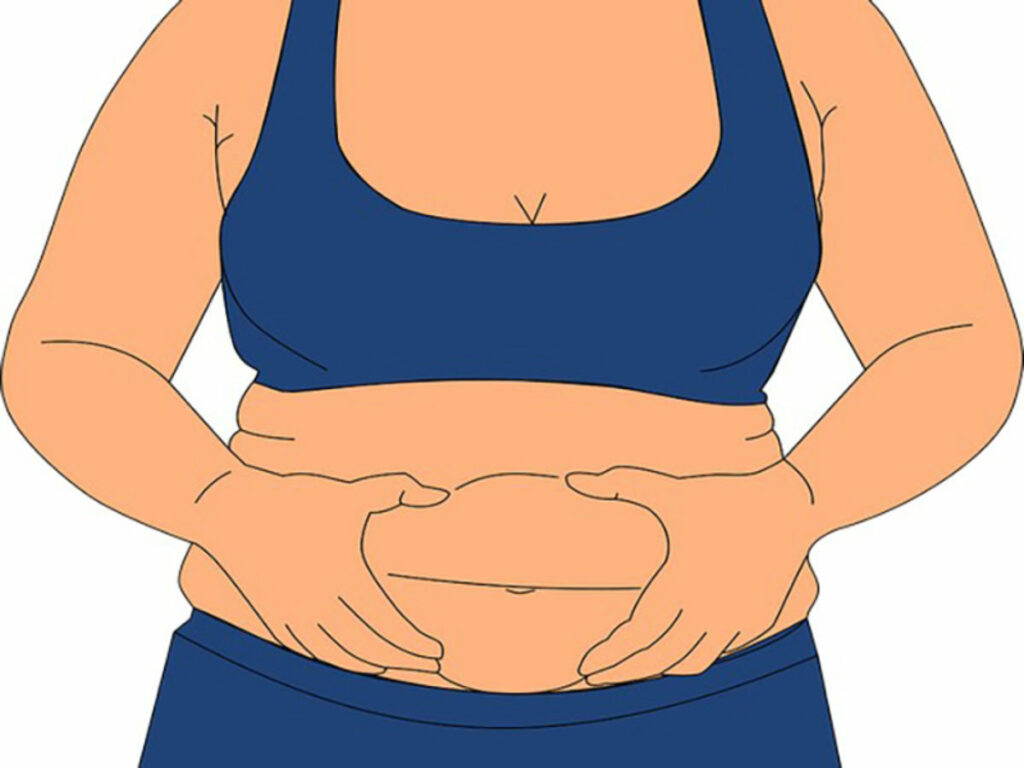
- People with obesity are in the high-risk zone
- Uneven distribution of fat or higher concentration of fat in stomach and waistline areas
- State of Dormancy: Zero physical
- History of high blood sugar levels in the family tree
- Lowered amounts of “Good” cholesterol
- Adults over the age of 45yrs
- Influenced sugar levels due to gestation
- PCOS (Polycystic Ovary Syndrome) / Irregular menstrual cycle.
- Vitamin D deficiency is known to be causative for Type II Diabetes
Complications of Type 2 Diabetes
With Type II Diabetes, the patients are often at risk of developing chronic health conditions over time. Effect on other organs increases the risk of comorbidities as the factors triggering high blood sugar levels often end up deteriorating the health of other body parts as well.

- Impaired healing of wounds
- Diabetic Neuropathy
- Chronic Kidney issues
- Cataract, Glaucoma, and eventually blindness
- Fungal and bacterial infections affecting the skin
- The decline in memory (Dementia)
- Disruptive sleep Apnea
- Degraded heart conditions
Managing Type 2 Diabetes Diet
Diabetes can be a very stressful ordeal and if chronic can heavily impair one’s way of living. Studies of shown that if not to be reversed Diabetes can for sure be controlled by some minor yet effective lifestyle changes. Eating fiber-rich foods and expelling high-calorie food from your Type II Diabetes diet can work wonders. Nutrient-rich foods including fruits, green leafy vegetables, and whole grains such as oats are the key to a healthier more maintainable lifestyle.
Carb Count
Keeping a check on the amount of carb intake and rationalizing it with the amount of insulin intake can help create a balance between the two preventing high blood sugar levels.
How to count carbs?
Carbs are usually calculated in grams. In order to check your total carb intake, one should know the individual amount of carbs in said foods they take in a whole day and the sum total of that will give the total carbohydrate consumption. Ideally, every meal should consist of 45 to 60 grams of carbs and for snacks, the ideal amount is 15 to 20 grams per light snack.
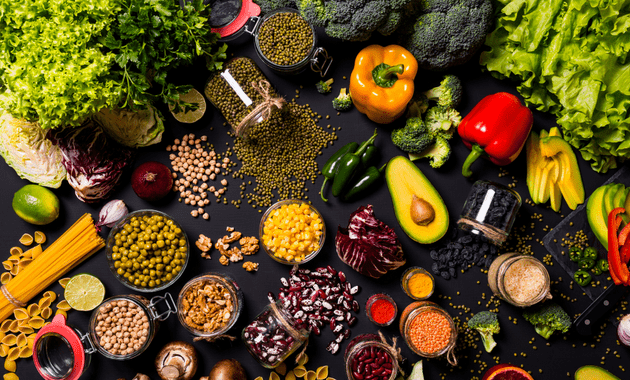 GI or Glycemic index indicates the intensity with which sugar levels increase after intake of a certain food item. In order to control Type II Diabetes, one should opt for low GI index foods such as proteins, fats, and high fiber-enriched food items in their Type II Diabetes Diet plan.
GI or Glycemic index indicates the intensity with which sugar levels increase after intake of a certain food item. In order to control Type II Diabetes, one should opt for low GI index foods such as proteins, fats, and high fiber-enriched food items in their Type II Diabetes Diet plan.
Foods High In Glycemic Index
If you have insulin resistance and are trying to control your blood sugar levels try and avoid these food items at any cost.
- Refined carbohydrate sources such as white bread, pasta, and rice
- Sugary drinks / sweetened Sodas
- Junk foods (processed foods)
- Watermelon
- Pineapple
- Dates
- Raisins
- Cranberries
- Cereals and cereal bars
- Flavored Yogurt
- Potatoes
- Meats with high amounts of fats (Dark-colored meats)
Type 2 Diabetes Plans
Indian Breakfast Ideas for GI Friendly Type II Diabetes Diet
There are several Diabetes-friendly recipes that one can include in their lifestyle.
- Idli made using spinach and Chola dal instead of rice
- Replace Semolina with Upma the next time you are craving a hot tasty bowl of Upma
- Wholesome sunny-side-up eggs are the perfect healthier option cause Anda fry will only make you cry.
- Chickpea hummus with a dash of olive oil will make your stomach and body both happy.
- Containing all the essential amino acids Buckwheat Dosa though having a GI of 55 makes an essential part of your diet.
- Moong Dal Chila and Dhokla will make every Gujrati say “Ae halo”.
- Roti made out of Bajra will make your gut do a happy dance.
Ketogenic Diet
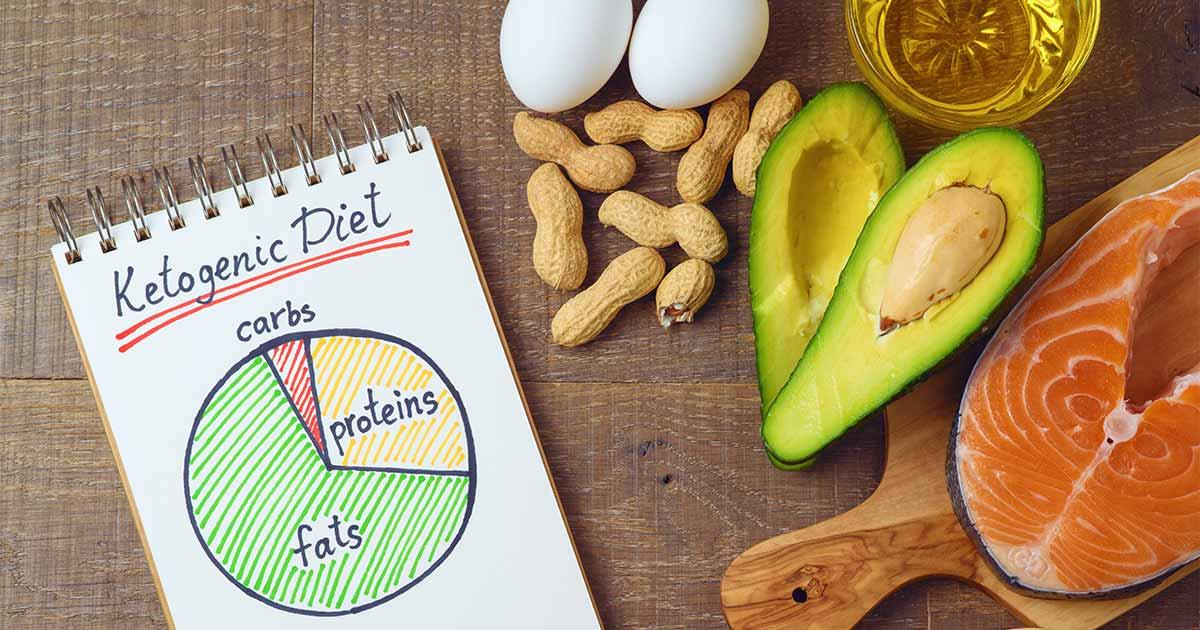 Being a low carb Type 2 Diabetes Diet helps patients with Type II Diabetes. It also helps in maintaining their triglyceride levels and boosting their “Good Cholesterol “levels along with their fluctuating blood sugar levels. By converting fats instead of sugar into energy supplements it tends to balance symptoms following Type II diabetes.
Being a low carb Type 2 Diabetes Diet helps patients with Type II Diabetes. It also helps in maintaining their triglyceride levels and boosting their “Good Cholesterol “levels along with their fluctuating blood sugar levels. By converting fats instead of sugar into energy supplements it tends to balance symptoms following Type II diabetes.
Foods to avoid while following a Keto Diet
- Brown rice
- Whole wheat bread and Whole-wheat pasta
- High Sugar content in any kind or form including fruits and beverages.
- Processed foods
- Liquor
- Sweet potatoes
- Parsnips
- Beetroot
- Peas
- Sweet corn
- High Starch containing food items
Keto-Friendly Indian Recipes
- Replace your regular bread with almond flour bread.
- For a tasty Poha recipe, one could opt for cauliflower rice instead of flattened rice.
- Like coconut rice, no worries! Take the same cauliflower rice instead of regular rice and Enjoy
- Replace your regular butter with Keto butter and relish your super creamy butter paneer.
- You don’t have to miss out on momos as long as you have cabbage by your side. Just swap the outer layer of Maida with cabbage and you are good to go.
- On a hot summer day, raita made out of nonfat Greek plain yogurt can be a perfect coolant.
- Snack away on low-carb hot samosas made up by using cauliflower and almond flour.
- Baingan or Brinjal grilled with a little bit of olive oil can become a perfect replacement for heavy oil pakoras.
Mediterranean Diet
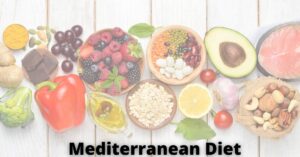
Being more lifestyle-based and less of a strict diet plan this kind of Type II Diabetic diet focuses on plant-based products while limiting consumption of red meats. The Mediterranean eating routine isn’t just about what we eat—it’s likewise about how we eat. Relaxed stress-free eating helps with better digestion and better absorption of nutrients by the body. Since weight reduction assumes a significant part in overseeing blood sugars in type 2 diabetes, we set this arrangement at 1,200 calories every day to advance a sound weight reduction of 1 to 2 pounds each week.
Foods to include in a Mediterranean diet
- Food’s rich in proteins: Pulses and Beans
- Low-fat dairy products
- Curd
- Yogurt
- Kefir
- Salmon
- Tuna
- Mackerel
- Eggs
- Canola oil / Peanut oil/ sunflower oil
- Lots of water
- Small amounts of red wine or its replacement Black grape juice
- Herbs and spices
Recipes for the Mediterranean diet
- Roti with a hot serving of Dal and vegetable of any choice sautéed in extra virgin olive oil
- Steamed Salmon with a side of asparagus will leave you content right away.
- Roasted chicken with veggies is another great dinner option.
- Pasta with tomatoes and feta cheese topped with some black pepper and herbs.
- Scrambled and pan-fried eggs with a serving of freshly pressed juice can be very refreshing yet at the same time fulfilling.
- Evening snacks could comprise sugar-free coffee and a bunch of dry fruits.
Vegan Diet for Type II Diabetes
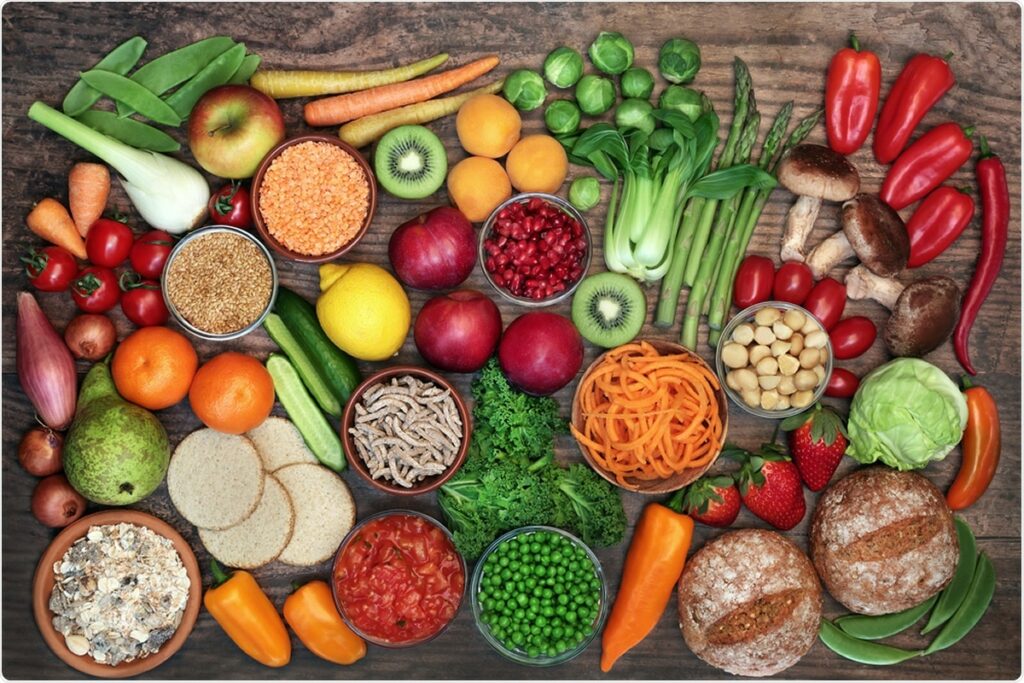 One 2014 review trusted Source of six studies found that vegetarian Type 2 Diabetes diets were associated with lower levels of fasting blood sugar and long-term blood sugar management. According to a 2018 review trusted Source, eating more plant-based foods and fewer animal products could reduce the risk of insulin resistance, prediabetes, and diabetes.
One 2014 review trusted Source of six studies found that vegetarian Type 2 Diabetes diets were associated with lower levels of fasting blood sugar and long-term blood sugar management. According to a 2018 review trusted Source, eating more plant-based foods and fewer animal products could reduce the risk of insulin resistance, prediabetes, and diabetes.
Foods to include in vegan Type 2 Diabetes diets
- Nuts and their butter (cashew, almond, tahini, etc.)
- Butterbeans, Chickpeas
- Lentils
- Almond, Soya milk
- Tofu
- Soya cheese
- Soya milk
- B12 enriched foods (plant milk and yogurts, yeast extract)
- Oranges
- Kale
- Whole-grain bread
- Walnuts
Foods to avoid in vegan Type 2 Diabetes diets
- Meat
- Poultry
- Fish and seafood produce
- Dairy products/ Lactose
- Honey and other bee products
- Gelatin
- Added Flavorings
- Omega 3 fatty acids
- Fish oil
Indian recipes for Vegan Type 2 Diabetes diet:
- Coconut pudding made with toasted coconuts and soy milk is a good breakfast alternative.
- With lots of vegetables spices and herbs, a classic black Channa recipe can’t go wrong in any way.
- A finger-licking vegetarian alternative to meat kebabs is your tofu kebabs cooked in extra virgin olive oil.
- For an evening snack munch away on muesli bars with a glass of almond milk infused coffee.
- Vegetable salads infused with the goodness of high nutrient veggies will take you on a journey towards a happier healthier life.
Volumetrics Type 2 Diabetes Diet
Volumetric Type 2 Diabetes diet is designed in such a way that leaves one feeling full without the intake of high-calorie foods. Its prime focus remains on high-density nutritious foods and also low in calories. Having more foods with high water content not only fills up the stomach easily but also in turn helps in weight loss.
Weight loss helps Type II Diabetic patients in maintaining their blood sugar levels and lowers the risk of other complications such as high blood pressure and prevents buildup in arteries.
Foods to include in Volumetrics Type 2 Diabetes diet
- Broccolis
- Tomatoes
- Mushrooms
- Brown rice
- Leguminous foods
- Low fat or not fat dairy replacements
- In smaller amounts: cheeses and meats
- Very small amounts of nuts and crackers
- Poultry without skin
- Fresh fruits with high water content
Things to avoid
- Oil
- Butter
- Eggs
- Heavy Cream
Instead of eggs, one could go with egg whites as a healthier alternative. The goal is to avoid high-calorie foods and replace them with high water content-containing foods that are generally low in calories.
Recipes for volumetric Type 2 Diabetes diet
- Grilled chicken and vegetable salad is a great option for dinner time.
- Whole wheat pita bread with hummus with a dash of olive oil makes the perfect evening or post-breakfast snack.
- Salad with grilled peppers, onion topped with tomato salsa, and herbs.
- Tortillas filled with non-fat cheese, freshly diced tomatoes, cucumber, and fresh lime juice is tasty as well as healthy.
- A big bowl of fresh strawberries, cantaloupe, watermelon, or blueberries removes toxins from the body and is the perfect way to start your mornings.
DASH Diet
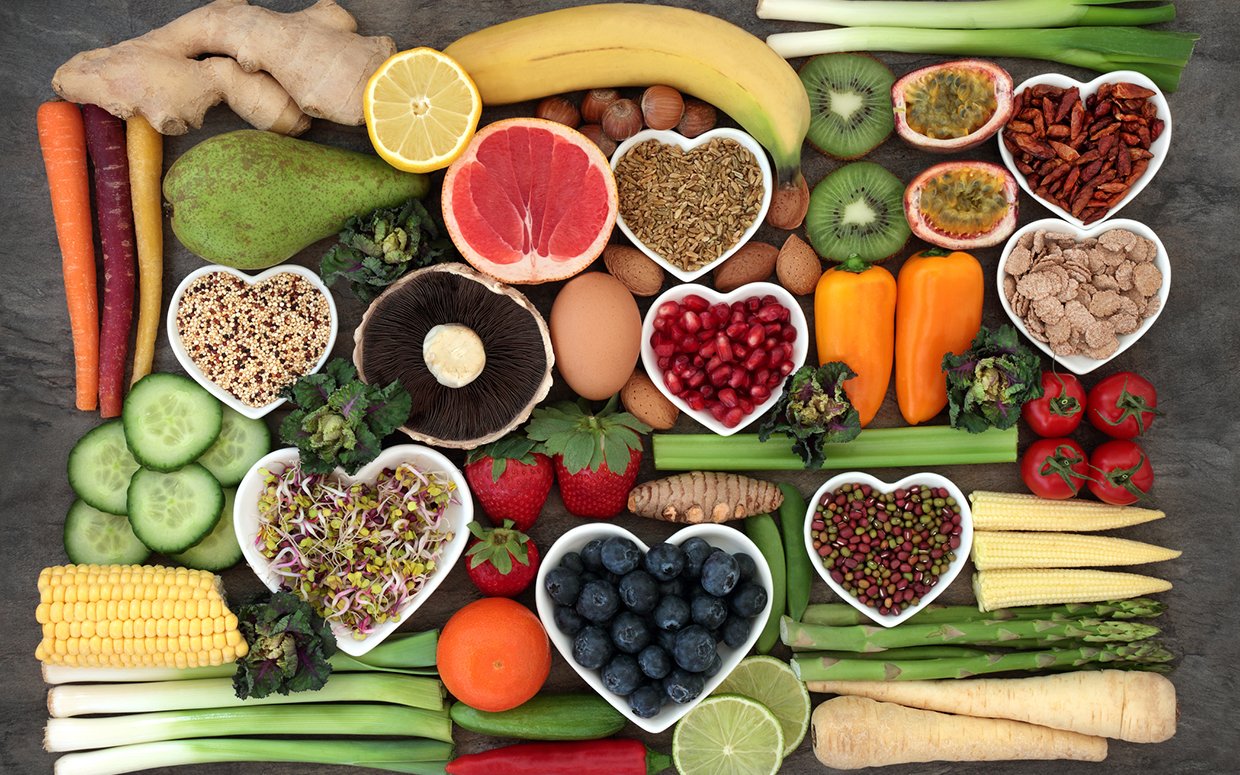 DASH or (Dietary Approaches to Stop Hypertension), is another Type 2 Diabetes diet designed to help diabetic patients reduce hypertension and control their blood pressure levels. This sustainable diet is also known to reduce insulin resistance and excessive weight gain by promoting a diet comprising fresh vegetables, whole grains, fat-free dairy, poultry, and lean meats.
DASH or (Dietary Approaches to Stop Hypertension), is another Type 2 Diabetes diet designed to help diabetic patients reduce hypertension and control their blood pressure levels. This sustainable diet is also known to reduce insulin resistance and excessive weight gain by promoting a diet comprising fresh vegetables, whole grains, fat-free dairy, poultry, and lean meats.
Foods to consume in this Type 2 Diabetes diet
- Greens (Vegetables and legumes)
- Orange Legumes
- Organic products that are particularly entire organic products Grains.
- sans fat or low-fat dairy
- milk and yogurt
- Cheddar
- braced soy drinks
- assortment of protein food varieties, including fish, lean meats and poultry, eggs
- (Beans and peas)
- nuts
- seeds
- soy items
- Oils
- Starchy food items
Foods to limit
- Saturated fats
- Trans fats
- Added sugar or artificial sugaring agents
- Foods containing high amounts of Sodium
Healthy recipes for DASH DIET
- A hot bowl of oats or cereal with milk and wheat toast for breakfast is a good start for the day.
- Roasted flax seeds or sunflower seeds can act as a light snack, you can munch on throughout the day.
- Stuffed carrot or spinach paratha with a side of curd (avoid adding salt and other condiments)
- Egg white omelets infused with veggies like carrots or capsicum can be taken with whole wheat bread.
- Craving for Veg biryani can be taken care of by replacing regular rice with brown rice.
- South Indian goodness of Sambhar and Rava Idli and a small helping of tomato chutney.
- Munch on a big glass of smoothie consisting of watermelon, apricots, and oranges topped with flax seeds and unsweetened cow’s milk.
Conclusion
When you’re looking to reduce the risk of type 2 diabetes, it’s important to start with an understanding of what causes this disease. Once we understand how and why diabetes develops, we can make more informed decisions about diet and exercise as well as other lifestyle factors that affect our health. You should also know the signs and symptoms so you’ll be able to catch any problems early on before they get out of hand. With a little education about your body and its needs for healthy living, there is hope that you will not develop Type 2 Diabetes at all or if already diagnosed then stay in control managing your condition.
Do you want to get rid of diabetes? Join our online diabetes consultation program and reverse your Diabetes naturally through lifestyle changes such as a Personalized Diet plan, Exercise, dieticians, and health coaches.


